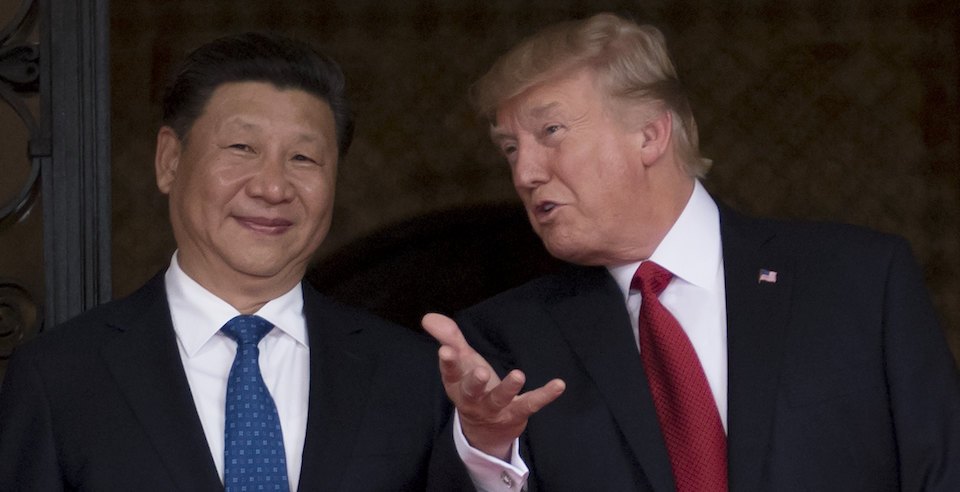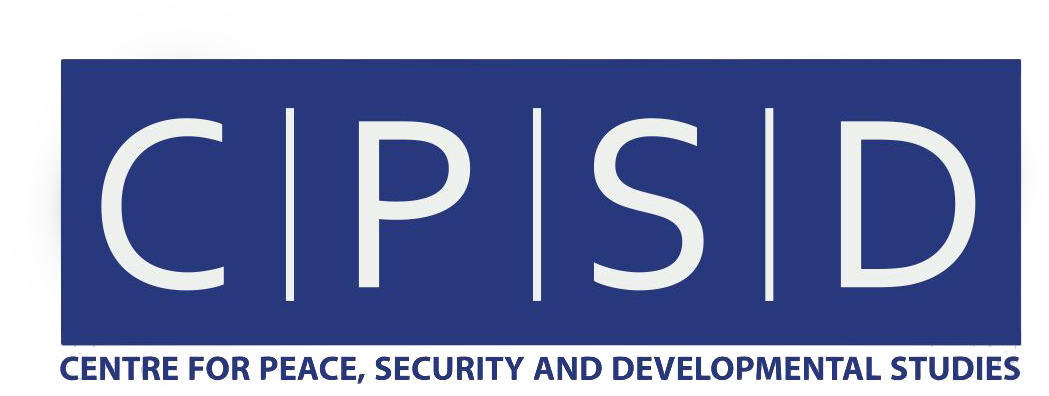America – All-in Asia

Trump’s Asia Tour: Diplomacy, Deals, and the Dissonance of “America First”
A Self-Proclaimed Diplomatic Success
President Donald Trump’s 12-day tour of Asia, spanning five countries, was heralded by the President himself as a “gigantic achievement.” Declaring that “America is back” on the global stage, Trump promoted his central themes: containing North Korea, reinforcing Indo-Pacific alliances, and advocating for “free and fair” trade. Notably, he avoided press conferences, choosing instead to deliver a lengthy recap of the trip, emphasizing his influence in “uniting the world” against North Korea’s nuclear ambitions.
While Trump lauded his own performance, Pyongyang denounced the trip as a warmongering mission, accusing the U.S. of inciting conflict. The diplomatic nuances of the trip revealed the administration’s shifting posture in a region comprising both close allies and long-standing adversaries.
North Korea: Pressure Without a Plan?
Trump’s key foreign policy objective was rallying Asian allies against North Korea’s nuclear program. Despite rhetorical unity, China’s stance remains cautious. While it has cooperated with sanctions and diplomatic isolation, Beijing refuses to endorse regime change, fearing strategic consequences if North Korea collapses—such as a U.S.-aligned Korean Peninsula at its doorstep.
While Trump claimed success in gaining regional consensus to pressure Pyongyang, China has reiterated its red lines: it will not risk conflict or instability on the Korean border.
Trump’s Mixed Reception Across Asia
Trump’s reception varied widely across Asia:
Japan rolled out the red carpet. Prime Minister Shinzo Abe deployed a well-known tactic: diplomacy through flattery. Trump’s favorite dishes were served, and a friendship narrative was cultivated. Japan’s warm approach is seen as a calculated bid to secure policy alignment—particularly on security and trade issues.
South Korea, however, experienced cooler treatment. Trump has openly criticized President Moon Jae-in, and their lack of personal rapport has resulted in Seoul being sidelined on major North Korea decisions. This has alarmed U.S. policymakers, who fear a strategic drift between the two allies.
Vietnam was symbolic. Trump’s photo op with Vietnamese leaders beneath a looming portrait of Ho Chi Minh, the symbol of resistance against U.S. forces, was layered with irony. It hinted at the U.S.’s shifting strategic dependence in a region it once sought to dominate through force.
China: From Demonization to Deference
Candidate Trump accused China of economic warfare. President Trump, however, praised President Xi Jinping, calling him a “king.” While Trump hoped to secure Chinese support against North Korea, no concrete developments emerged from their meeting.
China’s state media responded warmly, declaring Trump’s visit one of “mutual respect.” Yet analysts remain skeptical. Trump’s attempts to reduce U.S. involvement in regional affairs are seen as leaving a vacuum that China is eager to fill. His rhetoric contradicts the logic of sustained U.S. engagement in the Indo-Pacific—especially under his “America First” banner.
Trade and Security: Making Allies Pay More
Trump’s Asia visit also focused on trade and defense spending:
He claimed that Japan and South Korea agreed to buy billions in U.S. military equipment.
He pressed allies to contribute more financially to hosting U.S. military bases.
He insisted on renegotiating trade agreements, promising new deals that favor American workers.
But these claims have yet to materialize into actionable policy. Furthermore, Trump’s confrontational tone on trade may strain alliances if not matched with meaningful diplomacy.
The Challenge of “America First” in a Global Arena
Trump’s “America First” doctrine was built on promises to withdraw from entangling global commitments. However, such a stance is incompatible with global leadership. His Asia trip sought to reassert U.S. dominance, but doing so requires deep engagement, not retreat.
This paradox—demanding influence without investment—undermines the long-term credibility of U.S. foreign policy. China, Vietnam, Indonesia, Malaysia, Taiwan, and the Philippines are unlikely to shoulder greater regional responsibility simply because Washington expects them to.
Trump’s Image Abroad vs. At Home
Ironically, while Trump’s popularity plummets domestically—lowest approval ratings since Nixon—he has enjoyed warm welcomes abroad. Saudi Arabia gave him a royal reception, and Japan tailored their diplomacy to appeal to Trump’s ego. This strategy appears effective in gaining short-term goodwill.
However, critics note that Trump’s lack of strategic consistency, preference for personal over institutional diplomacy, and disregard for multilateral norms limit long-term gains.
Strained U.S.-Pakistan Ties and China’s Rise
On January 1, 2018, Trump returned to direct communication via Twitter, accusing Pakistan of giving the U.S. “nothing but lies and deceit” despite $33 billion in aid. Pakistan’s military and government immediately rebuked the claim, asserting its sacrifices in the U.S.-led war on terror.
The reaction was swift:
Pakistan’s State Bank announced future trade with China in Yuan, not the U.S. dollar.
CPEC (China-Pakistan Economic Corridor) gained even greater strategic significance as Islamabad looked eastward.
The U.S.-Pakistan alliance now teeters, with China emerging as Pakistan’s principal partner. This realignment could be consequential, especially if the U.S. seeks to withdraw militarily from the region.
Conclusion: A Visit of Symbolism, Not Substance
Trump’s Asia tour reflected the contradictions of his presidency: bold rhetoric, limited strategic coherence, and personal diplomacy over policy depth. While the trip succeeded in reaffirming America’s symbolic presence, it did little to clarify a cohesive regional strategy.
The core challenge remains: Can Trump’s administration reconcile “America First” isolationism with global leadership expectations? And will America’s Asian allies continue to trust Washington in the face of growing Chinese influence?
Only time—and the next geopolitical crisis—will provide the answer.
